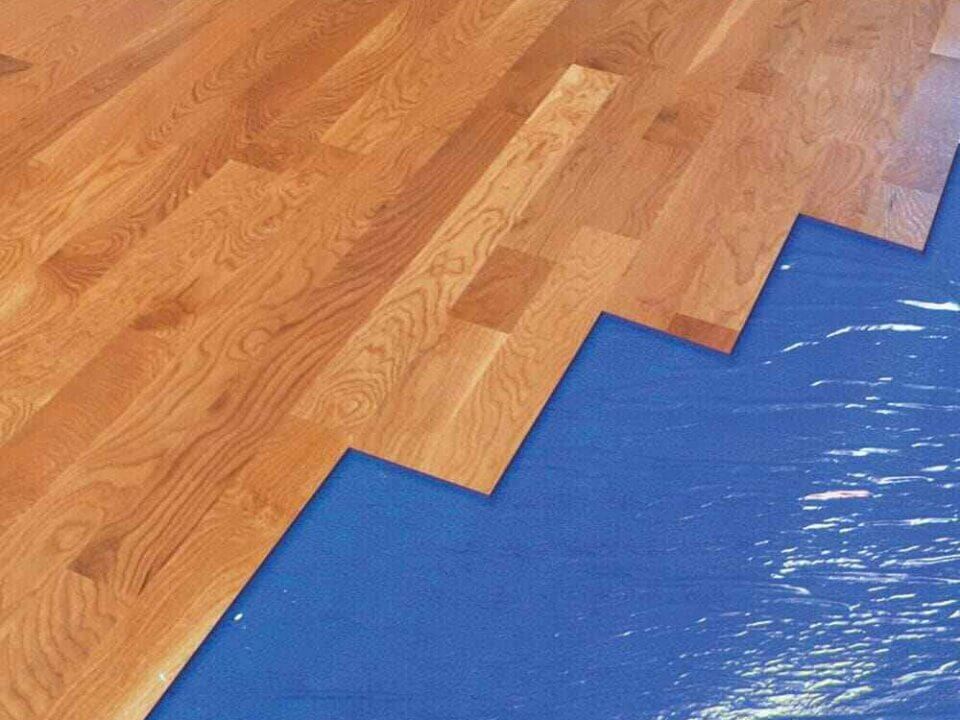- CONTACT US | 7941 CANOGA AVE., CANOGA PARK |
- +1 (818) 888-8065
- +1 (818) 634-4222

There are a lot of different things to consider when installing laminate flooring. A comprehensive guide can help you decide which method of installation is best for you. It will also explain the tools you will need to complete the project.
Before starting your installation, you’ll need to find out the size of your room. If you’re not sure, it’s recommended that you hire a professional for this part of the process. You should also know how to cut your laminate to the proper length. To do this, lay out the boxes of flooring in your room for at least 48 hours. This will allow the material to acclimate to your room’s climate.
You’ll need to use a pry bar to lift up sections of the board. If your floor is uneven, you can level it with a sanding compound.
When it comes to installing laminate flooring, you need to take the time to measure your space. For instance, if you are going to install it in a small room, you’ll want to install it perpendicular to the wall. The direction you install it will affect how the floor looks and works. In addition, you’ll want to leave 3/8-inch of room at the ends of each plank.
Using a tape measure, mark out a square that is at least 1 foot wide. Then you’ll need to calculate how many planks you need for the floor. Make sure you buy enough. Depending on the type of flooring you’re using, it will vary in the amount of glue you’ll need.
Lay out the first row of laminate flooring. Make sure you have space at each end of the first row. Also, make sure the tongue is oriented in the right direction. With your first row in place, you can start your second row.
After your second row is laid out, you’ll need to cut the ends of the planks to the appropriate length. If you are working with a snap-and-lock type of laminate, you’ll need to tap the end of the first piece of laminate into the adjoining piece. Once you’ve done this, you can snap the two pieces together.
You may also need to apply adhesive to your laminate before it is installed. Most adhesives are made specifically for this type of flooring. Some of these adhesives also come with a vapor barrier, which prevents moisture from soaking into your fiberboard. Another good option is foam underlayment. This will protect your laminate from noise and dampen vibrations. However, if you have a slightly uneven floor, you can use a foam underlayment.
As you install each row of laminate flooring, you’ll need to close joints between the tongue and the groove. Using a hammer, carefully press the tongue into the groove. Keep in mind that the tongue can be damaged if you hit it too hard.
Laminate isn’t waterproof, so you’ll need to clean it regularly. Additionally, it’s prone to gaps and peaking. But, with proper care and maintenance, you can keep your laminate floor looking beautiful for years to come.




